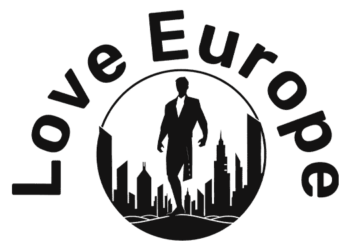Dashboard author: Leslie Abrahams
Questions? Please contact Tamara Lagurashvili
Table with scenarios
Scenario Name
Description
Base
Best estimate technology neutral baseline. No local opposition and NIMBY are taken into account.
VRE++
Development of costs for wine and solar follow very optimistic trends along with a strong public acceptance enabling an essentially no upper limit on expansion potential.
VRE- –
Development of costs for wind and solar stagnates whilst simultaneously facing significant public opposition enabling a significantly lower maximum expansion potential of 28GW in total.
Wind fast
Current wind power supply chain challenges are overcome enabling a faster build rate of onshore and offshore wind power.
Fuel prices €
Fossil fuel prices rebound to EU pre-energy crisis levels by mid 2030s, facilitated by re-established pipeline network.
Fuel prices €€€
Fossil fuel prices don’t fully recover following present day’s energy crisis and instead relies on LNG.
No CCS
Groundwork for carbon capture and storage (CCS) is not made reflecting a non-existent infrastructure.
CCS €€€
Costs experienced for transport and storage of CO2 becomes higher than expected.
CCS retro
The potential value of CCS retrofitting of fossil-fueled power plants is investigated.
Nuclear ++
Initial nuclear projects gain good governmental support and become successful. Following projects see a learning rate owing to serial construction.
Nuclear – –
Initial nuclear projects don’t obtain a strong governmental support and start off expensive.
Nuclear retro
Site repurposing and partial re-powering of coal plants with nuclear power is allowed.
Nuclear slow
Construction for initial nuclear projects is delayed due to lack of regulation framework.
Coal slow phaseout
Coal power plants are considered vital for the power system functioning and not phased out until the 2040s.
Merged sensitivities
Status quo
Combining slow phaseout of coal and no CCS, this scenario aims to reflect the most likely development of the Polish power system given current regulations and their probable development, as well as the defined decarbonisation path for the Polish economy.
No nuclear, no CCS
Neither nuclear nor CCS technologies are part of energy policy.
Nuclear – -, no CCS
Nuclear projects become expensive in combination with no development of CCS.
Nuclear – -, no CCS, nuclear retro
Value of coal to nuclear retrofit is allowed given conservative outlook for greenfield nuclear projects and no CCS allowed.
VRE – -, no nuclear, no CCS
The decarbonisation strategy heavily relies on wind and solar technologies; however, their cost decrease stagnates, and they struggle with negative public opinion (NIMBY).
Source link : https://www.catf.us/europe/poland-energy-vision/
Author :
Publish date : 2024-03-04 22:07:48
Copyright for syndicated content belongs to the linked Source.


